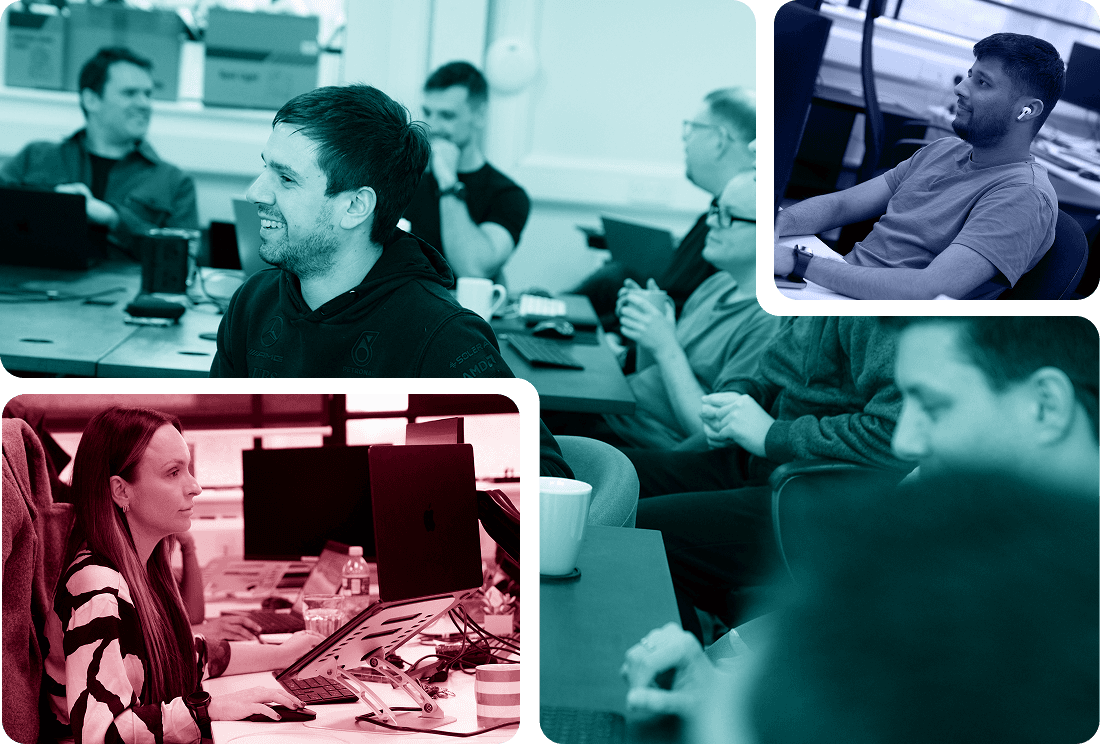100+
Clients Supported
Clients Supported
Accountable Delivery
Expertise

The Curve is an independent team of software engineers, data specialists and product strategists based in Sheffield.
When data, systems and processes don’t align, growth slows.
We bridge the gap between business and technology, designing, connecting and scaling systems that keep businesses moving forward.
Growth, risk and speed shape every decision. Our role is to bring clarity and turn good plans into technology that works - technically, operationally and culturally.
An obsession with productivity drives everything we do. Every project starts with clarity and ends with measurable progress.
Technology driven by commercial goals, not code.
Tools and platforms chosen to solve the challenge, reducing risk, cost and lock-in.
Connected devices, systems, and data for rapid insight and faster processes.
From new ideas to ongoing transformation, one partner for the whole journey.
Our proven delivery framework brings structure to complex requirements, stakeholders and dependencies.
We deliver solutions ranging from bespoke software and cloud modernisation to AI-driven, data-powered systems.
The result is lasting capabilities and greater efficiency, insight and control.
Define what to build, why it matters and how to make it work.
Develop reliable software and connect the systems your business runs on.
Use data and AI to understand performance and unlock new opportunities.
Keep your technology running smoothly and evolving as you scale.
We’ve delivered business-critical solutions across 100+ clients and are trusted in sectors where systems integration, compliance and efficiency drive performance.
I honestly can't recommend The Curve highly enough. I have worked with Paul & James on a variety of projects. Their experience, knowledge & expertise are at the highest level. The team are efficient, personable and professional. They consistently go above and beyond to hit deadlines, accommodate late minute changes and ensure I'm happy with all aspects of every project. The Curve give us regular updates and respond incredibly quickly - even after hours!
On a number of projects they have offered support on related topics/work issues outside their commissioned remit. I'm a self-confessed technophobe, yet Paul & James have made the entire, and somewhat alien experience of building & designing a multi-faceted website really enjoyable and rewarding. The Curve have had a hugely positive impact across all areas of the company and I wouldn't hesitate to recommend them - in fact, I wouldn't use anyone else.